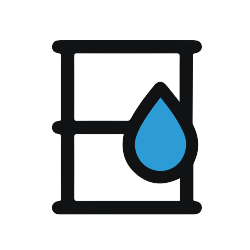Unloading Rail Tank Cars: Checklist for Pump Transfer with Vapor Exchange
There are a number of methods for unloading rail tank cars of hazardous materials, one of which is the pump pressure transfer with vapor exchange method.
5,000 Companies save time and money with GoCanvas






This method utilizes the receiver’s pump to transfer material from the rail tank car to the receiving tank. The vapor space of the receiving tank and rail tank car are equalized so that pressure remains constant in both the tank and car throughout the transfer. The Unloading Rail Tank Cars: Checklist for Pump Transfer with Vapor Exchange app is a checklist that guides the employee through the requirements and safety elements of this potentially hazardous process. When dealing with hazardous and flammable liquids, safety is of the highest priority. The tank containers must be carefully checked for any cracks or vapor leakage, and the capacity of the containers should be known before any pumping commences. All employees should wear the appropriate personal protective equipment for personal safety and the potential hazards should be fully understood. Personnel at storage facilities involved in safe handling and unloading operations of rail cars containing hazardous materials must be trained and certified in accordance with appropriate transportation regulations both for their own safety and the safety of those around them.
GoCanvas accounts come
with hundreds of form templates
Don't take our word for it...
“I’m not a tech guy and I was able to pick this thing up in probably an hour, and actually start to build apps. I’ve done them over lunch when I’ve gotten frustrated with a process that didn’t exist in our company. So for non tech people who’ve got a problem, the support here is awesome and I’d recommend it to anybody, not just in our industry.”



